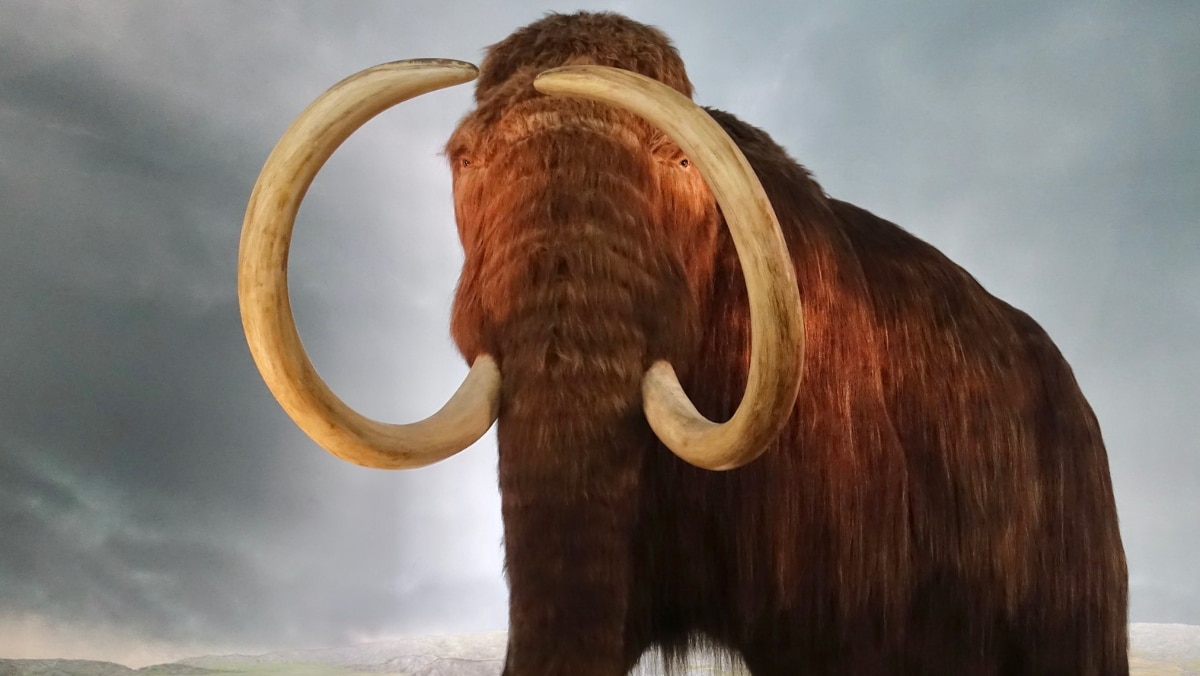The exact cause of the mammoths’ extinction has been hotly debated among scientists for over a century. Their extinction has often been attributed to humans, who hunted the mammoths for food, hide, and even to craft musical instruments.
A decade-long research project led by Professor Eske Willerslev sought to answer the question of why the mammoths really went extinct. The team analysed DNA from a variety of environments, largely relying on soil samples from Arctic areas where mammoths once roamed. Technological advancements have allowed this technique to be used over the reliance on DNA samples from teeth and bones.
“Scientists have argued for 100 years about why mammoths went extinct. Humans have been blamed because the animals had survived for millions of years without climate change killing them off before, but when they lived alongside humans they didn’t last long and we were accused of hunting them to death,” explained Professor Willerslev.
“We have finally been able to prove was that it was not just the climate changing that was the problem, but the speed of it that was the final nail in the coffin — they were not able to adapt quickly enough when the landscape dramatically transformed and their food became scarce.
“As the climate warmed up, trees and wetland plants took over and replaced the mammoth’s grassland habitats. And we should remember that there were a lot of animals around that were easier to hunt than a giant woolly mammoth — they could grow to the height of a double decker bus!” Professor Willeslev said.






